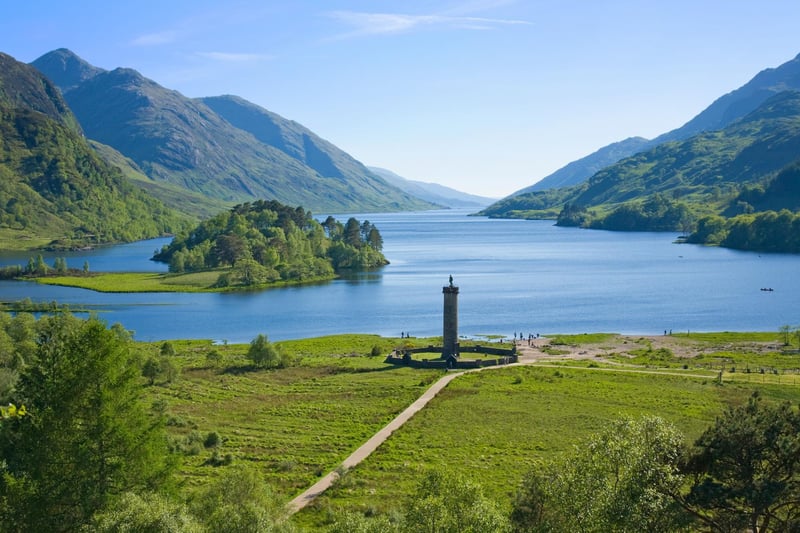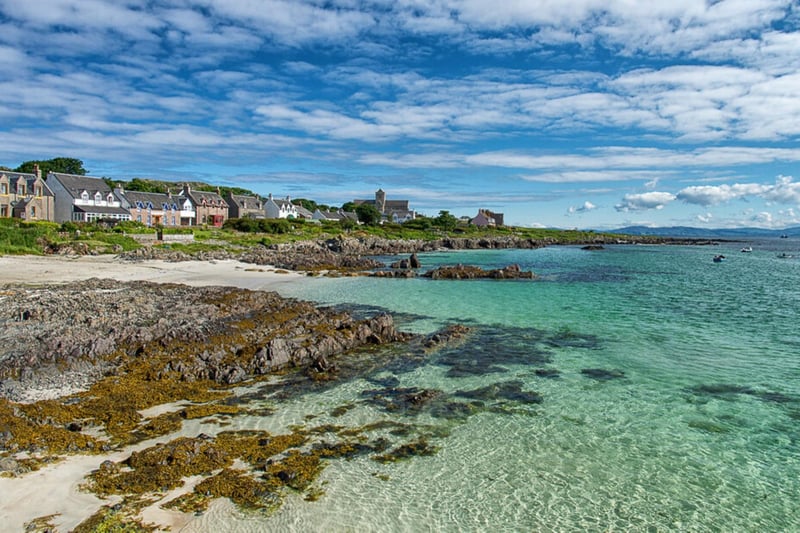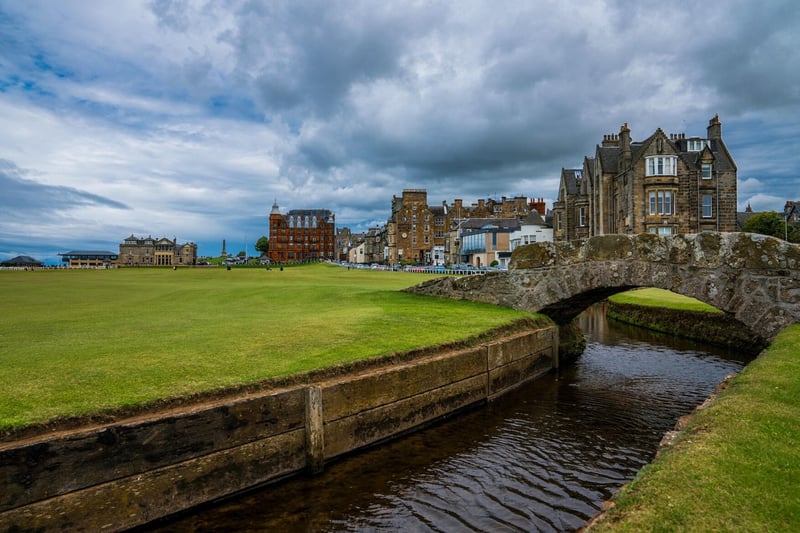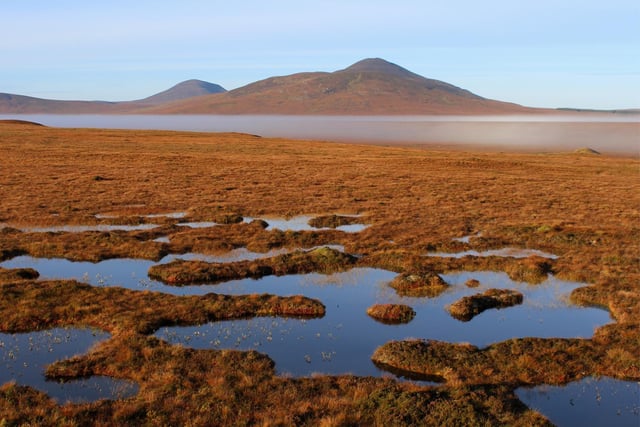There are 6 World Heritage Sites in Scotland, these include St Kilda, Edinburgh’s Old and New Towns, New Lanark, the Antonine Wall, the Heart of Neolithic Orkney and most recently the Forth Bridge.
As Nature Scot puts it, a World Heritage site is recognised as such for being “an area with natural and/or cultural heritage of outstanding universal value” and Scotland has no shortage of sites that represent tremendous cultural and historical significance which is why it has earned other UNESCO nominations previously.
After we asked you, our Scotsman readers, ‘What Scottish sites do you think deserve UNESCO status?’ you offered a wealth of responses that we’ve compiled into the following.
Here are 9 Scottish locations that could be UNESCO World Heritage Sites according to Scotsman readers.

1. Glenfinnan
Glenfinnan is an area of historical and architectural significance. The banks of Loch Shiel were the location where Prince Charles Edward Stuart raised his royal standard and launched the 1745 Jacobite Rising. The Glenfinnan Viaduct, an iconic concrete span comprising 21 arches, overlooks the monument and Loch Shiel. The structure is a fine example of Victorian ingenuity and architecture. The two sites combined with their beautiful setting make them worthy of consideration by UNESCO. Photo: tamara_kulikova via Canva Pro

2. The Isle of Iona
Situated off the southwest coast of the Isle of Mull, Iona is an island paradise with its white sand beaches and turquoise waters. The Isle has been home to a community since 563 when Saint Columba is rumoured to have founded the island’s monastery and is regarded by many as the symbolic centre of Scottish Christianity. Its gorgeous abbey is regarded as the best preserved Middle Age ecclesiastical building in the west of Scotland and contains unique features including one of the best preserved 9th Century crosses in Great Britain. Photo: Graeme Pow via Flickr

3. The Old Course at St Andrews
According to UNESCO criteria, a site qualifies for World Heritage status if the site is “directly or tangibly associated with events or living traditions, with ideas, or with beliefs… of outstanding universal significance.” Fervent followers of golf might argue that their game is of “universal significance” - and like it or loathe it, the game is a living tradition of huge significance to many. St Andrews is widely believed to be the oldest course in the world and is referred to affectionately by players of the game the world over as the “Home of golf”. The sport is believed to have first been played on the lush patch of Fife coast in the 15th century and has become the site of some of the game’s most iconic moments. Photo: Noah Jurik via WikiCommons

4. The Flow Country
The Flow Country of Caithness and Sutherland was under consideration for World Heritage status back in 2020. The vast expanse of wetland and peatland is the largest of its kind in Europe, covering roughly 1,500 square miles. The natural site is also a breeding ground for a variety of species of bird. Photo: JSabel from Getty Images
